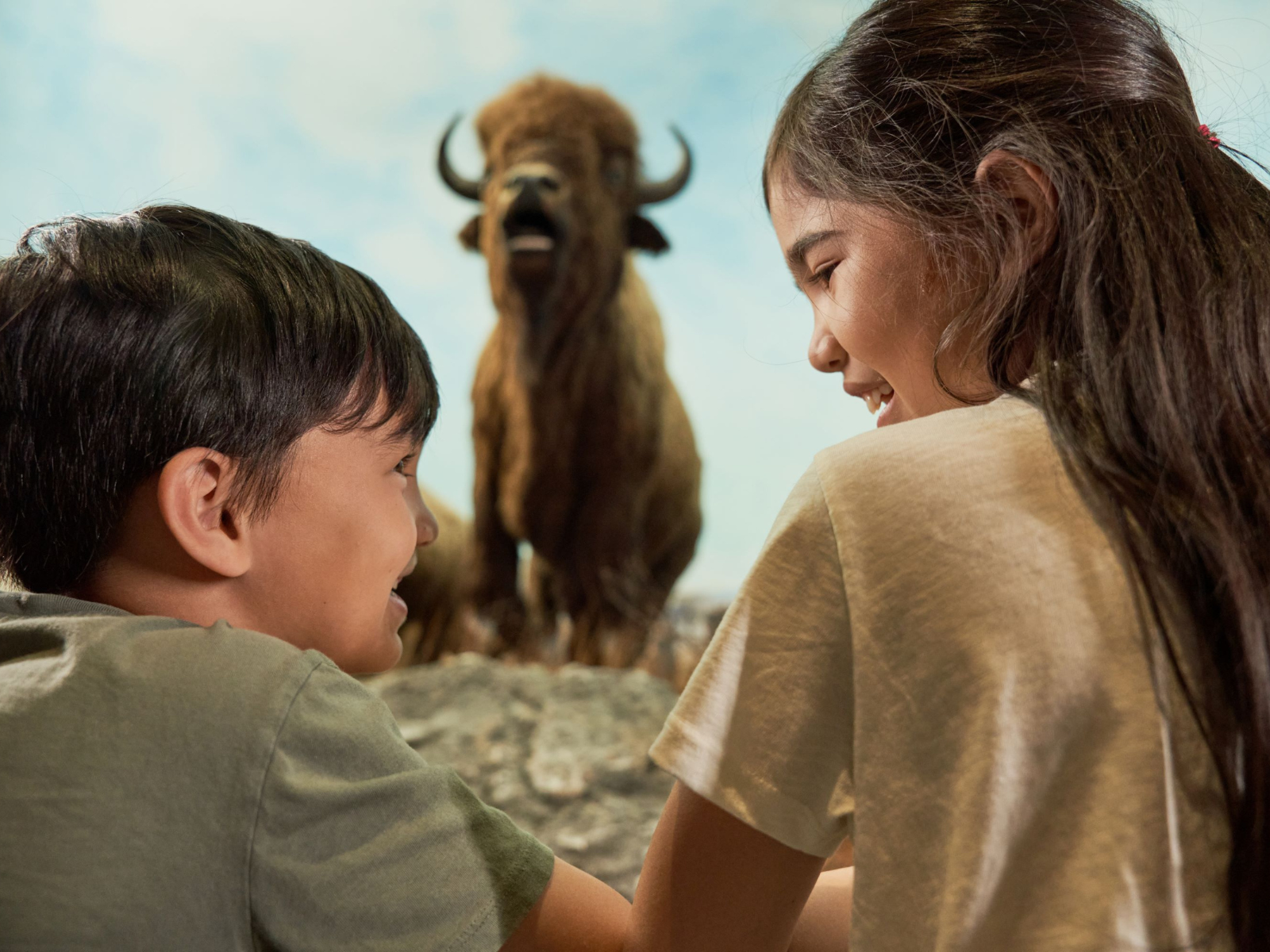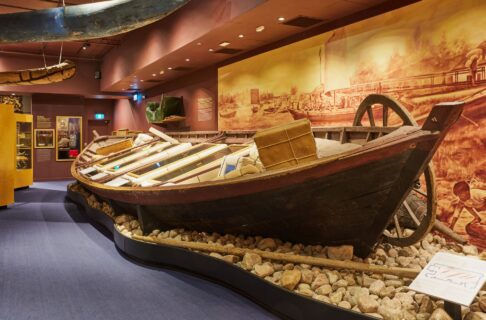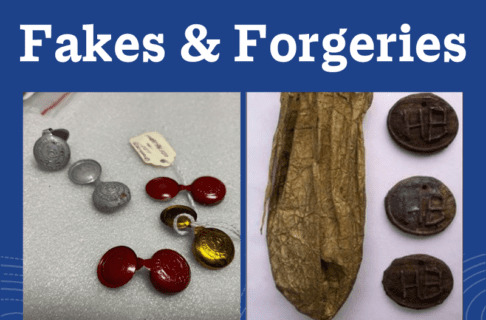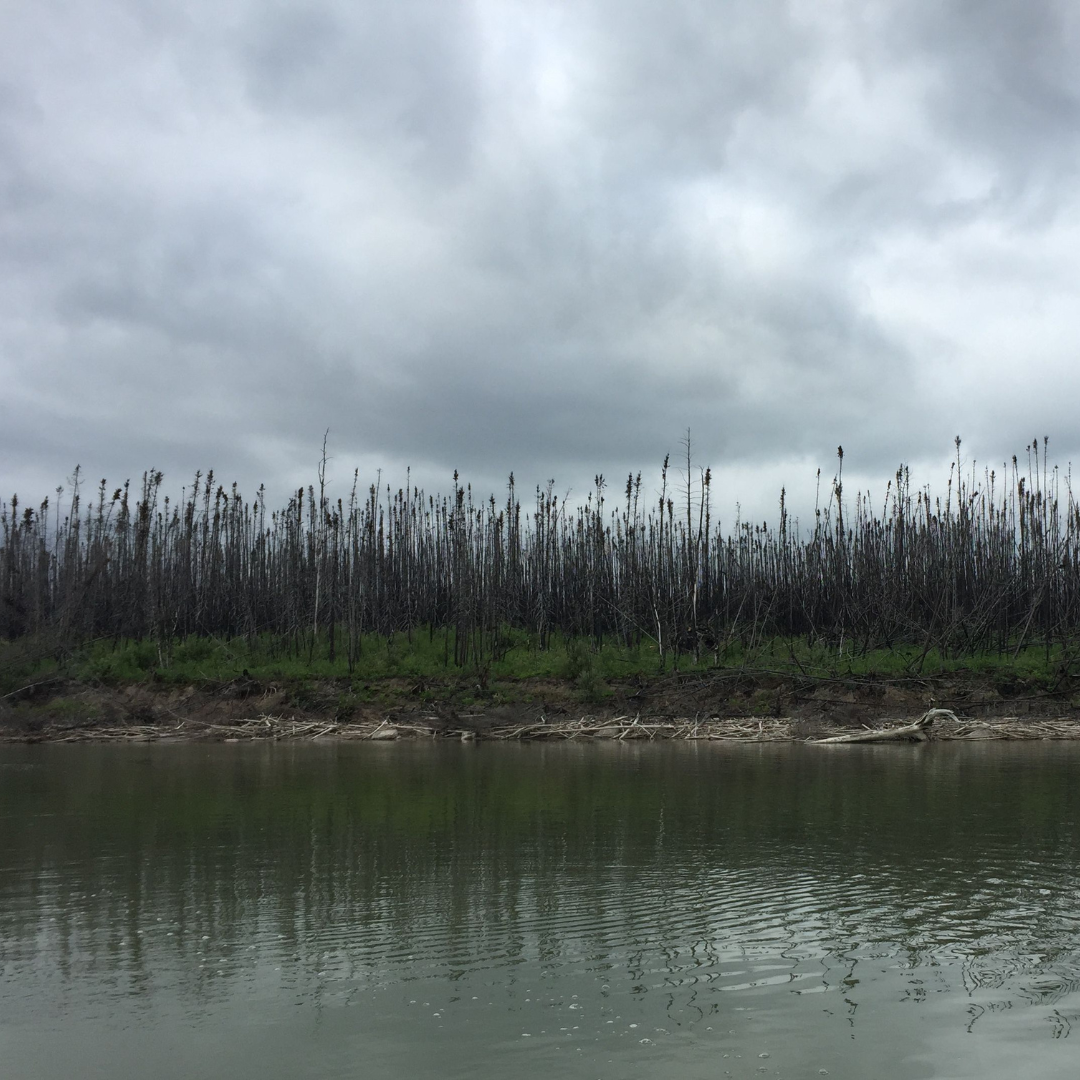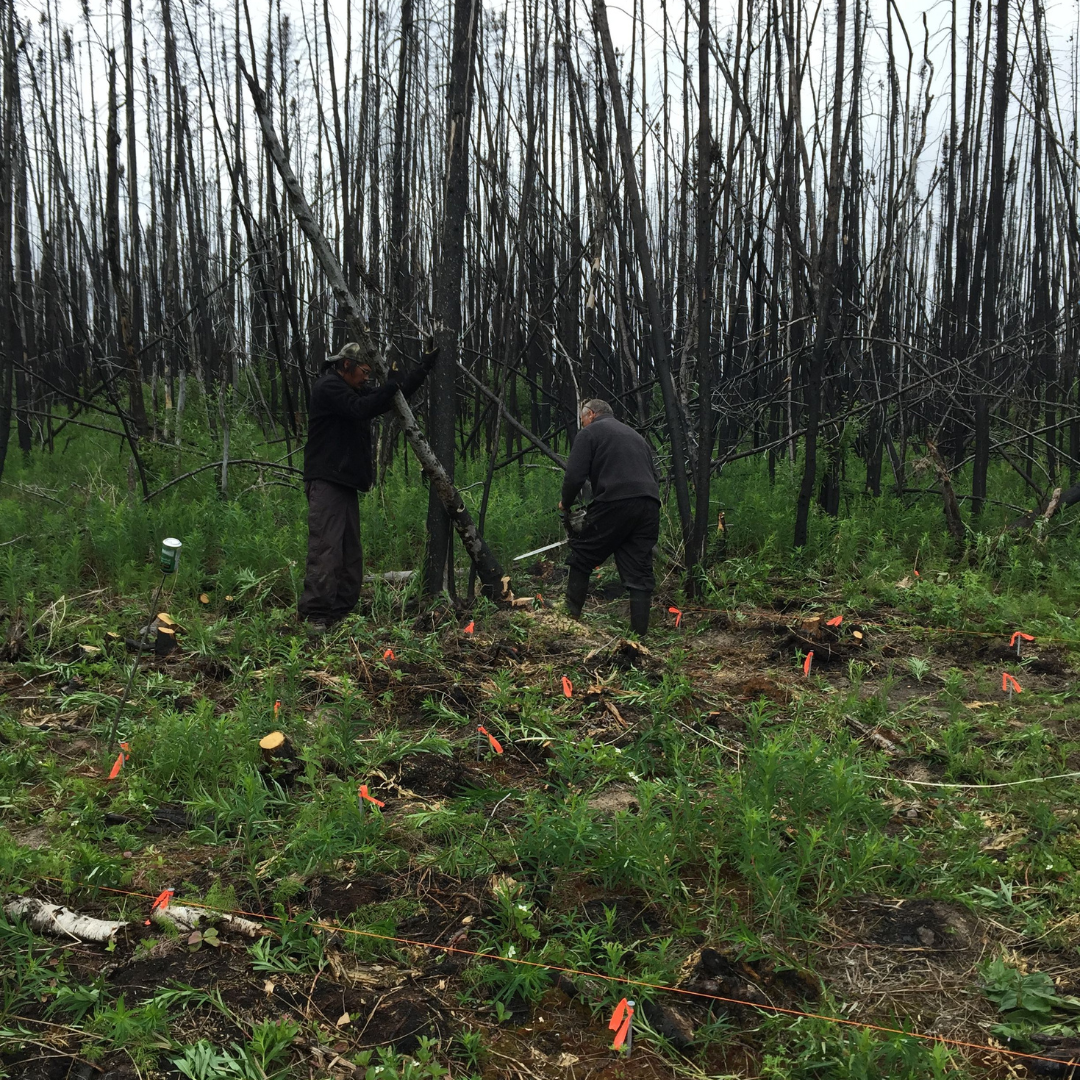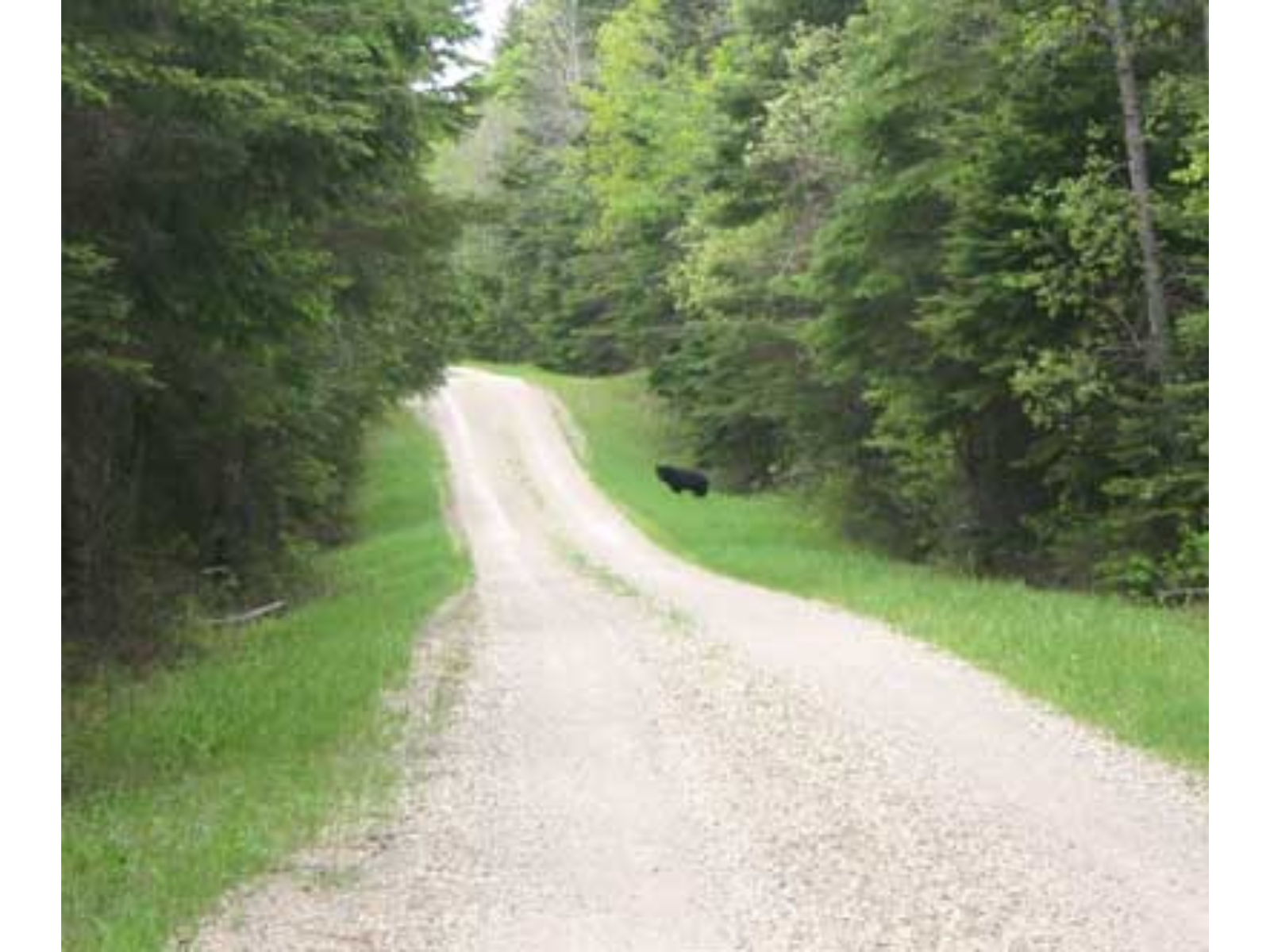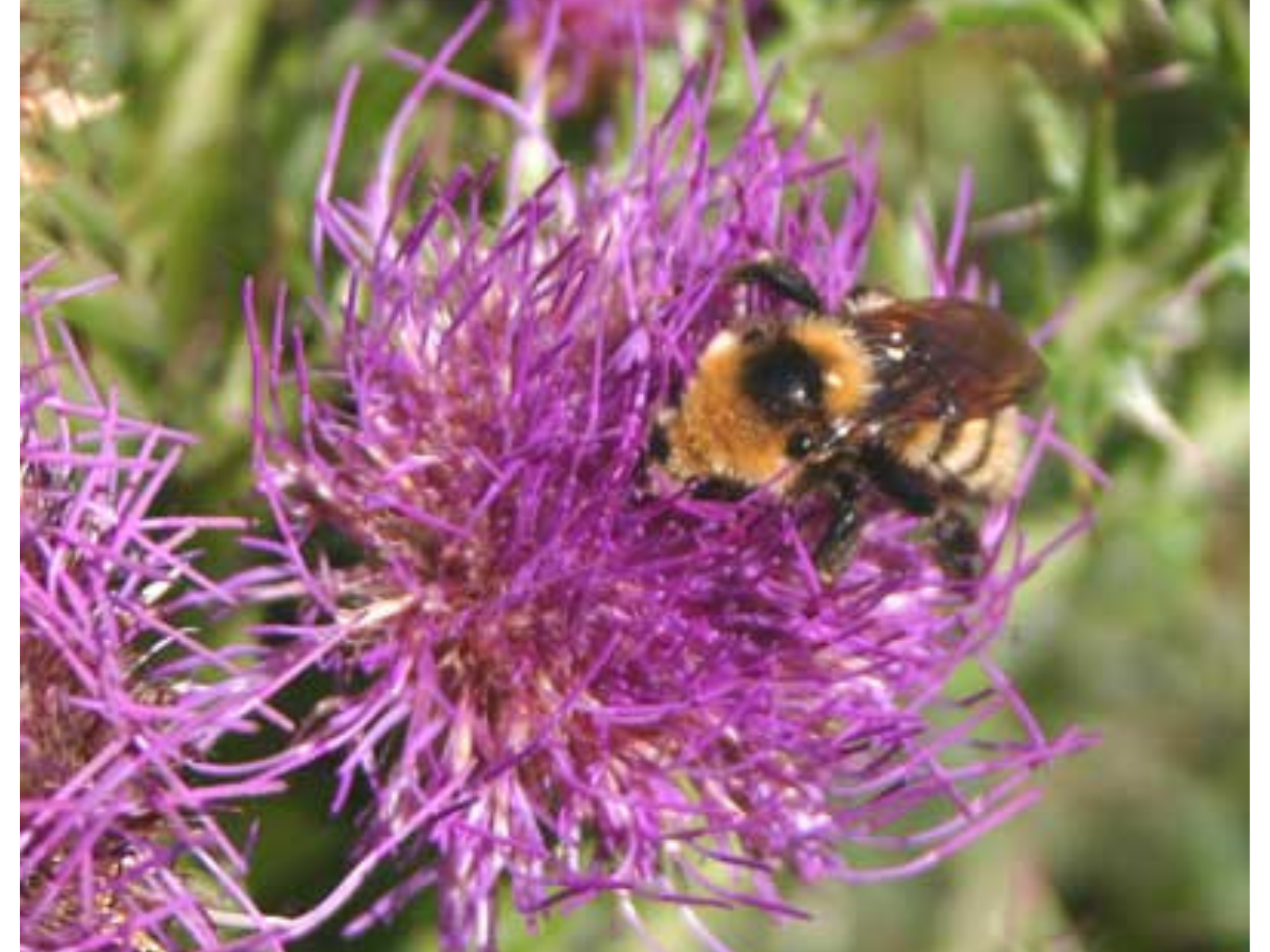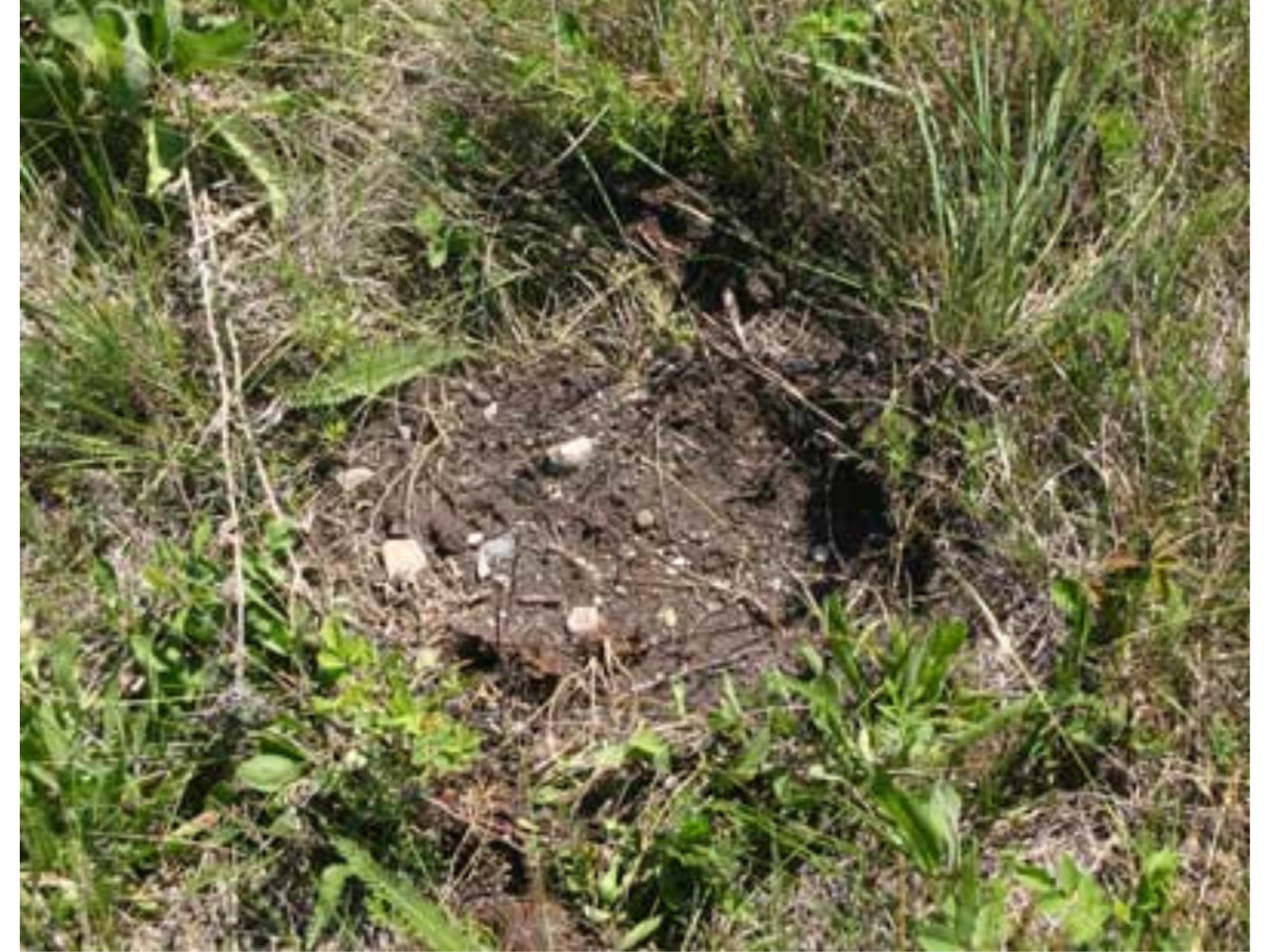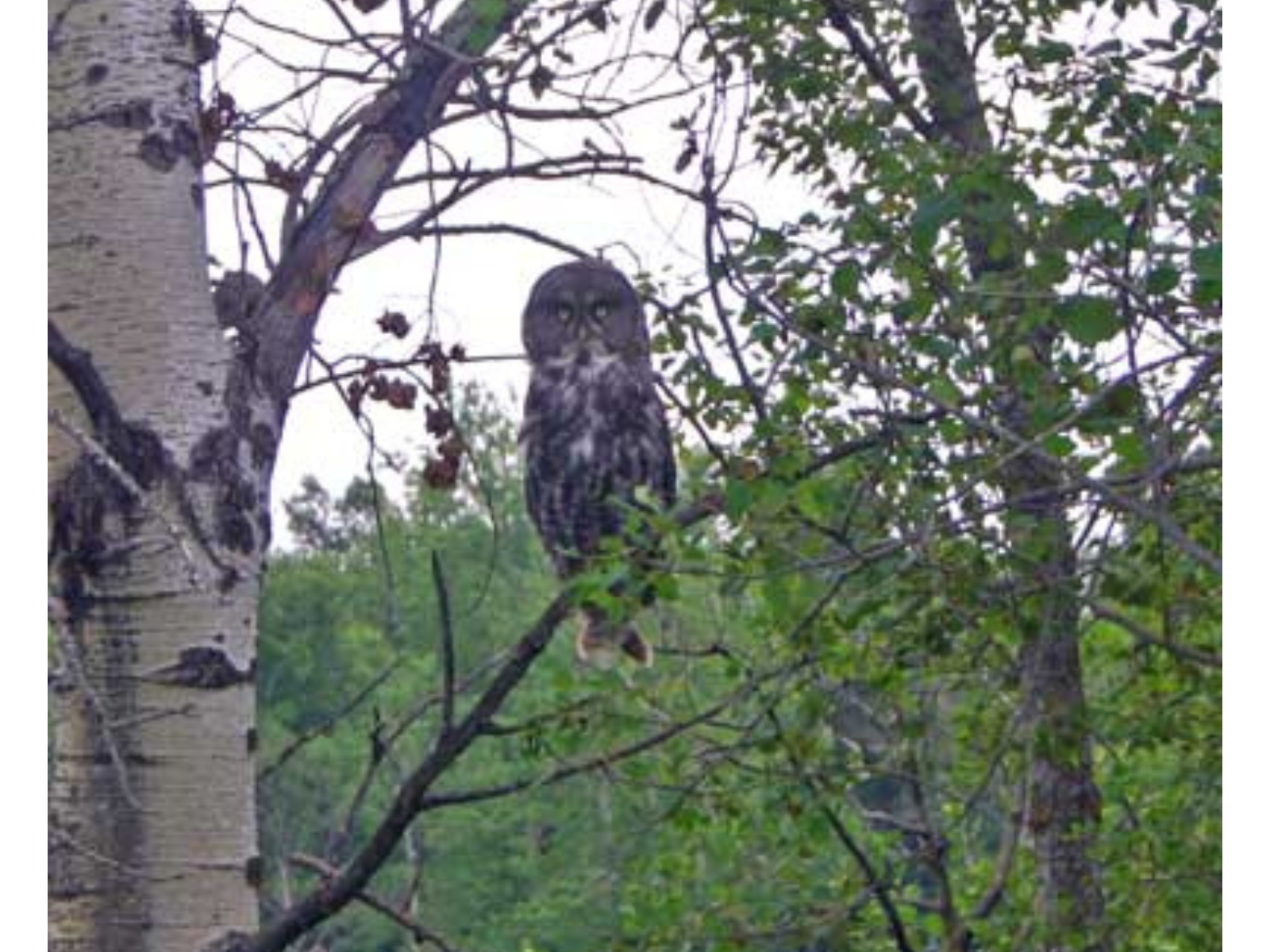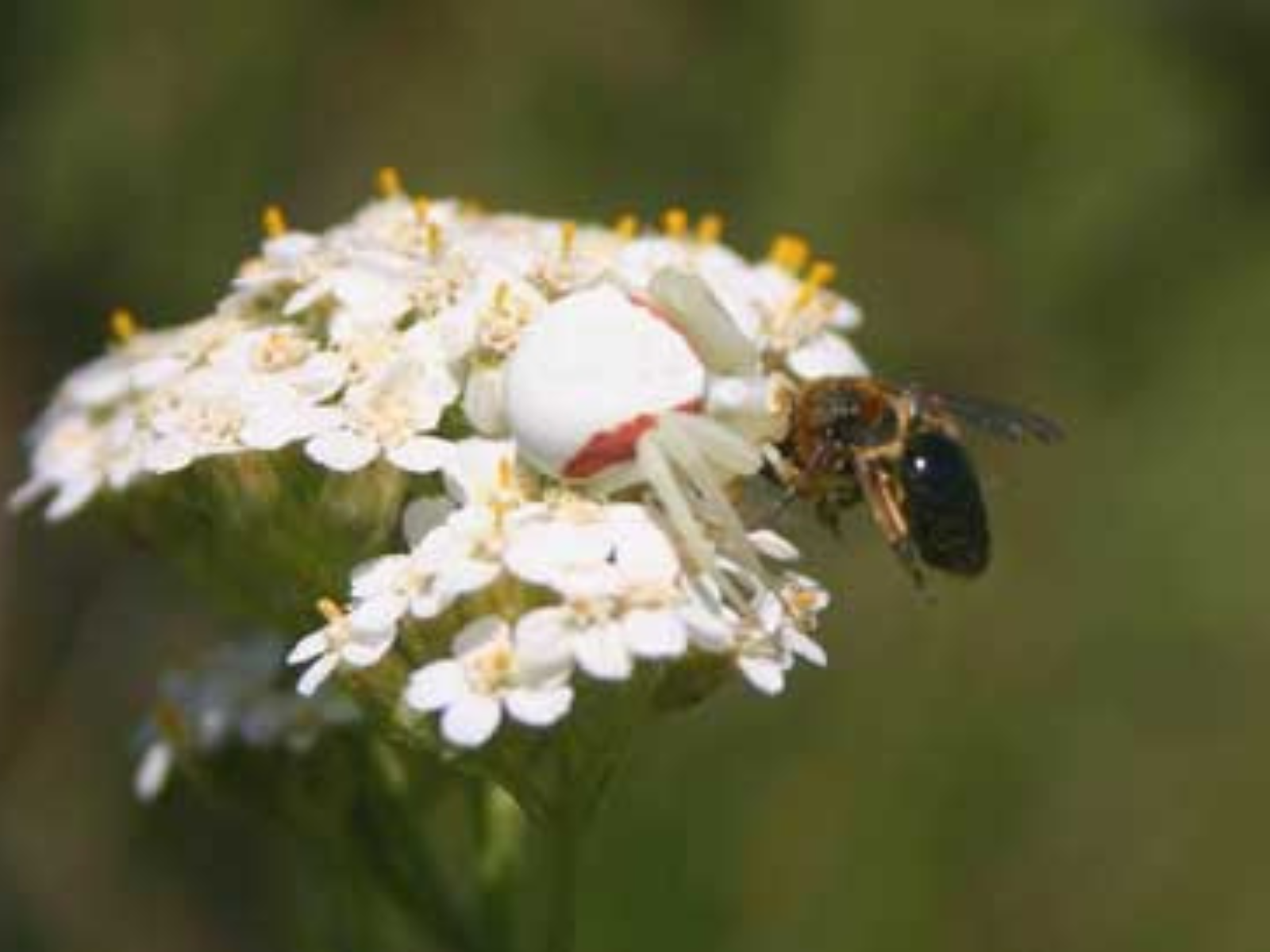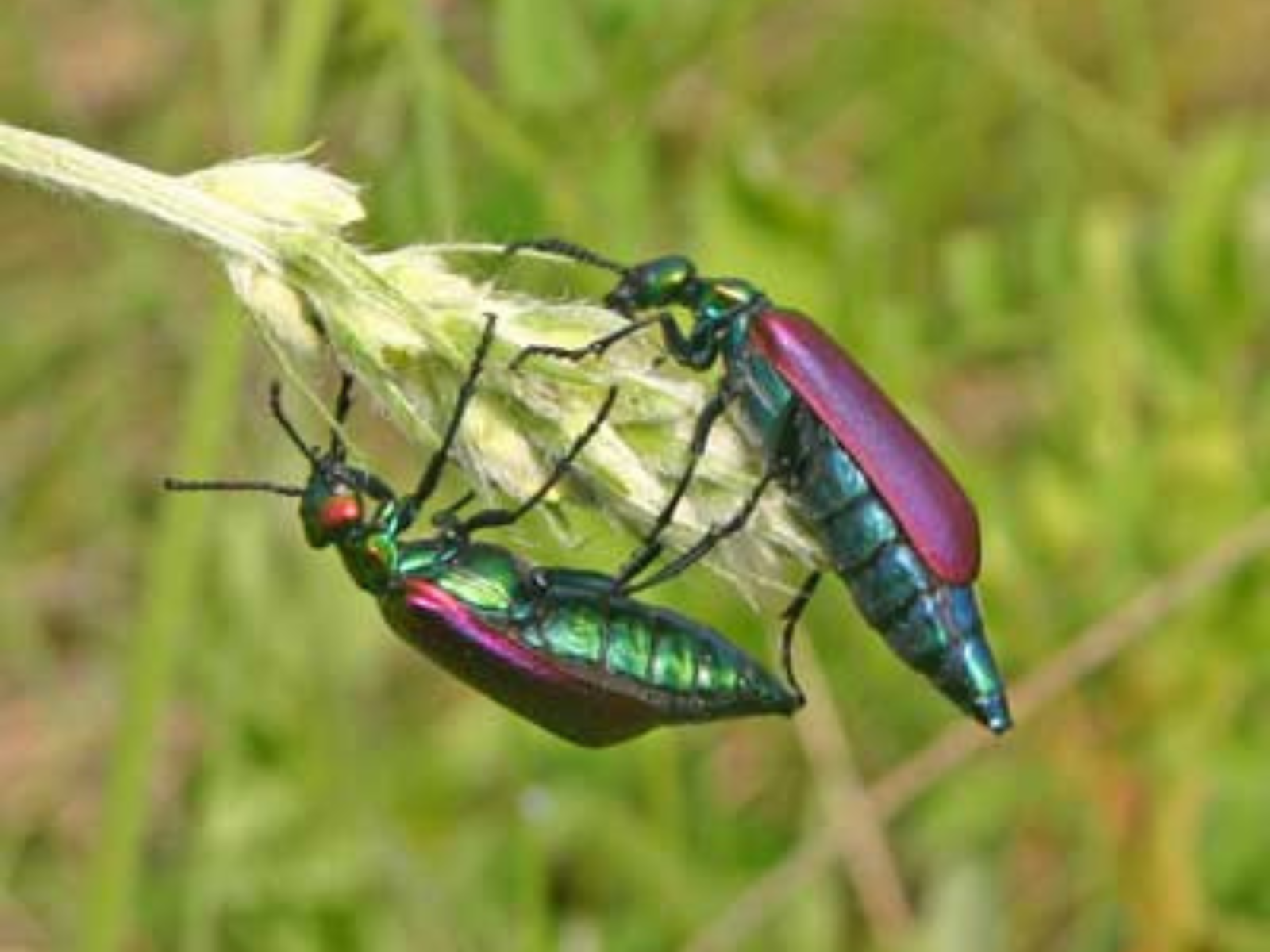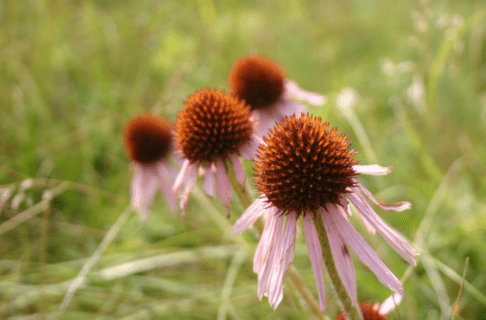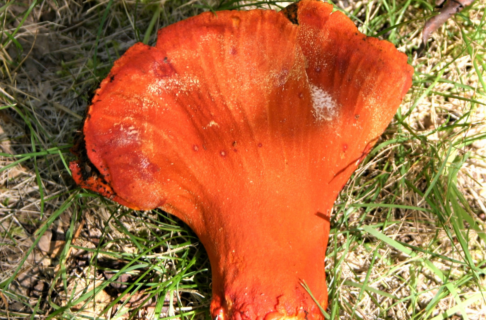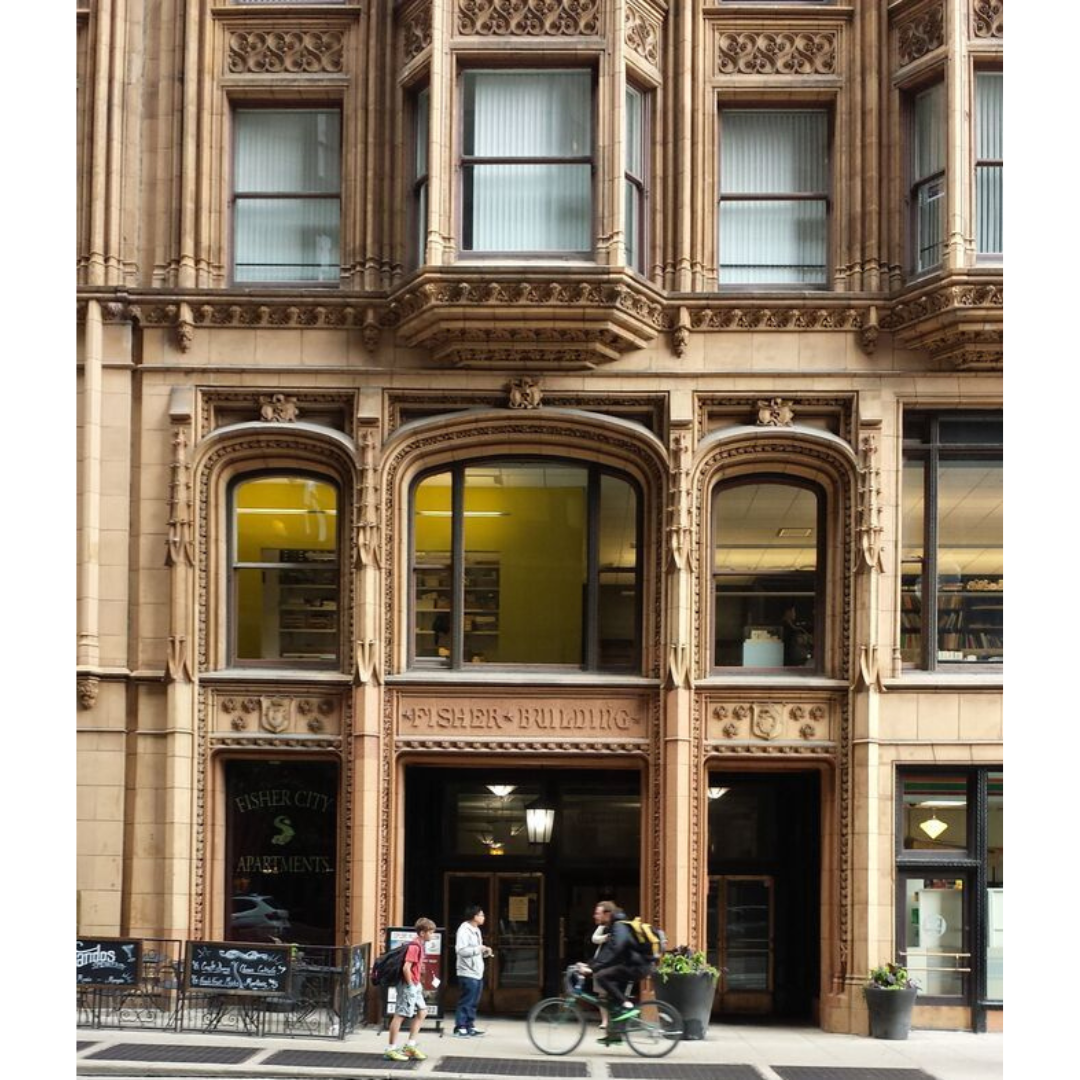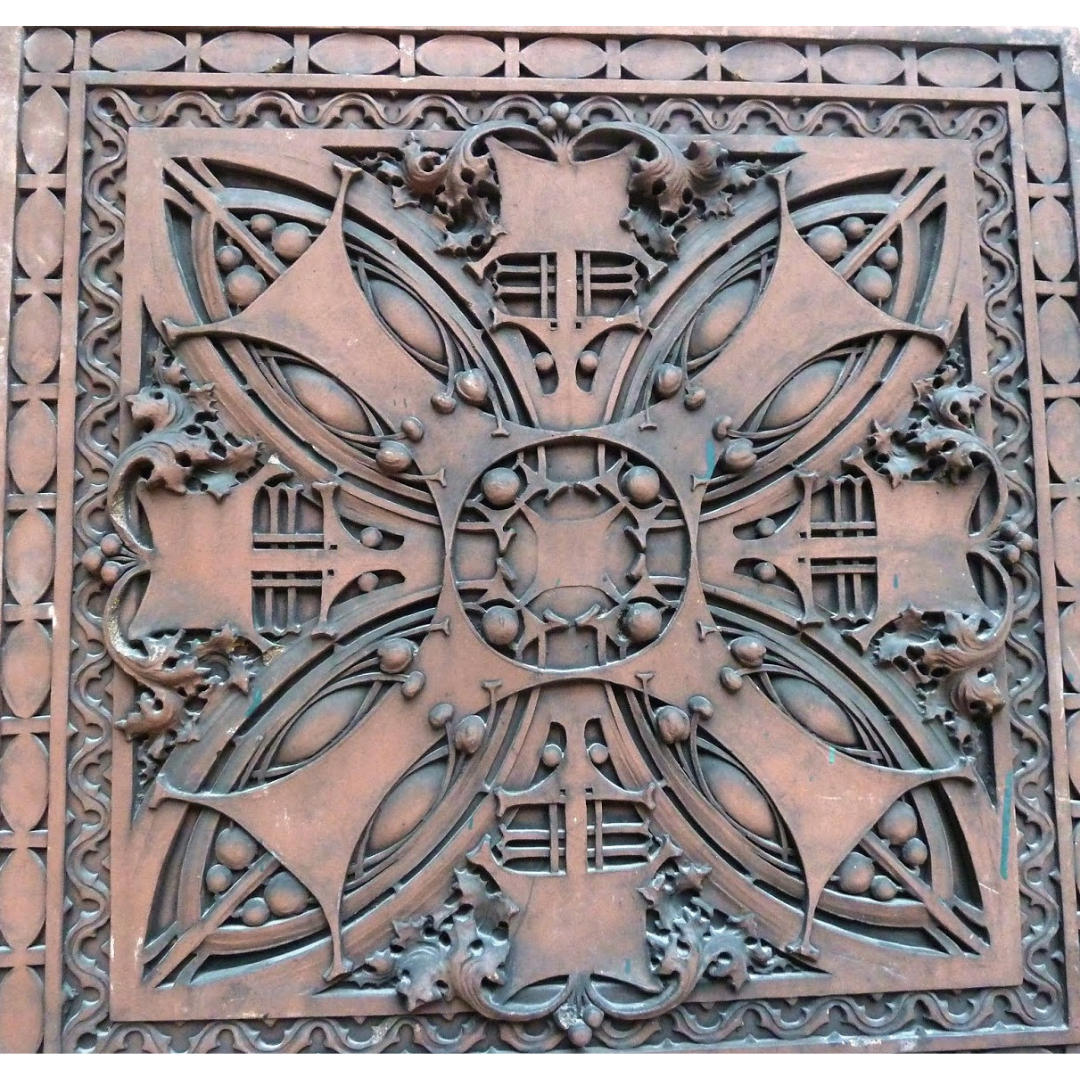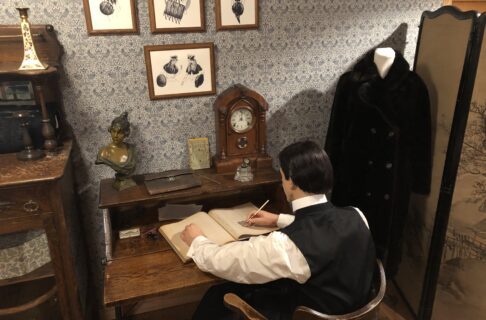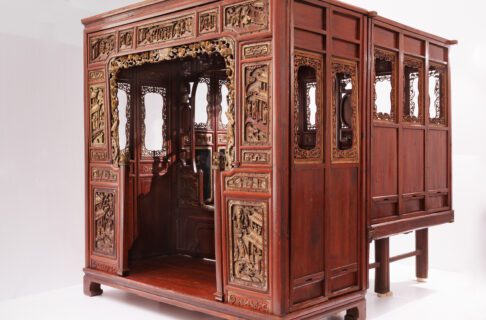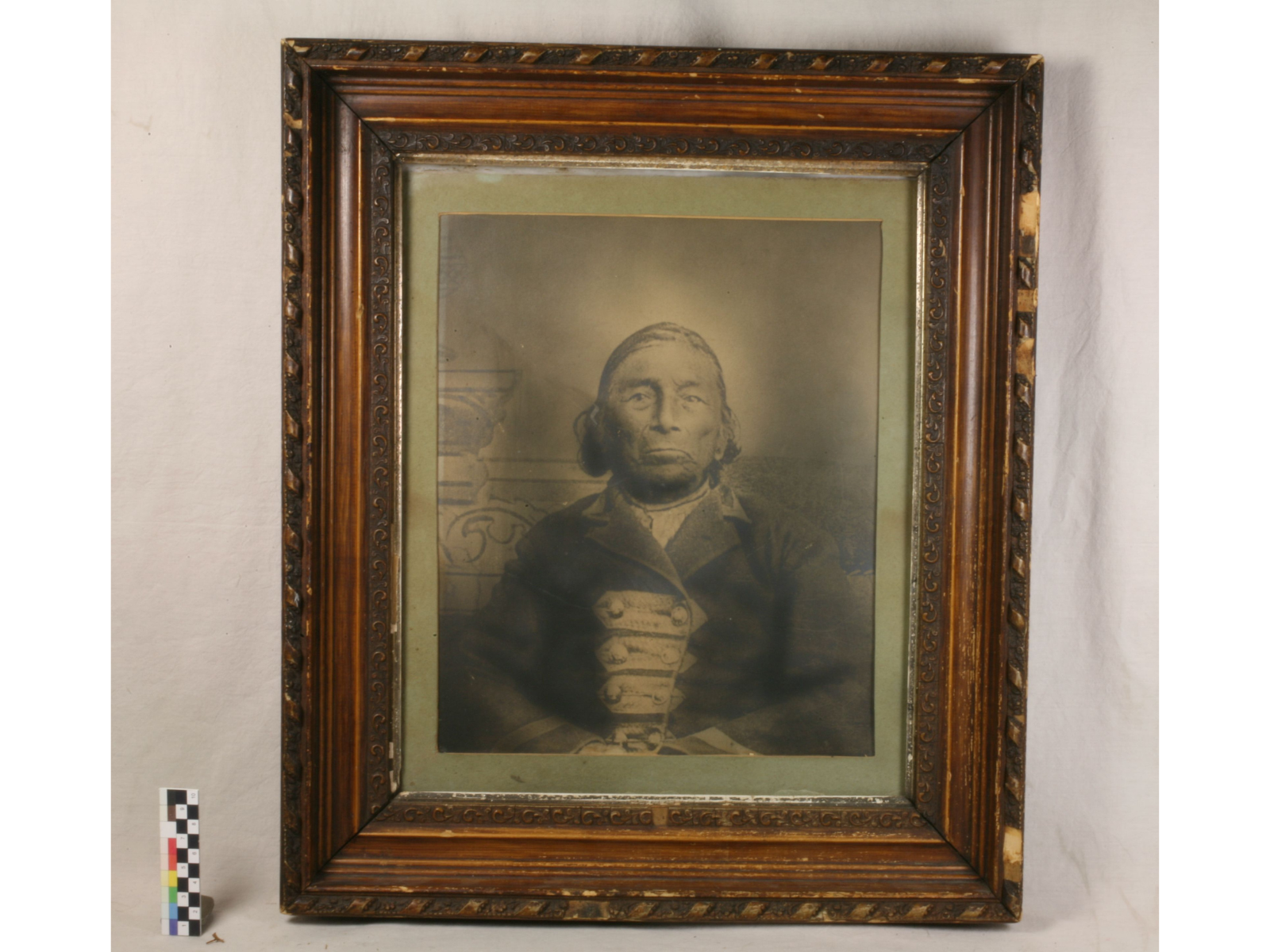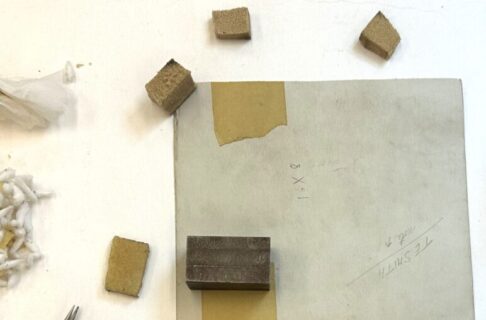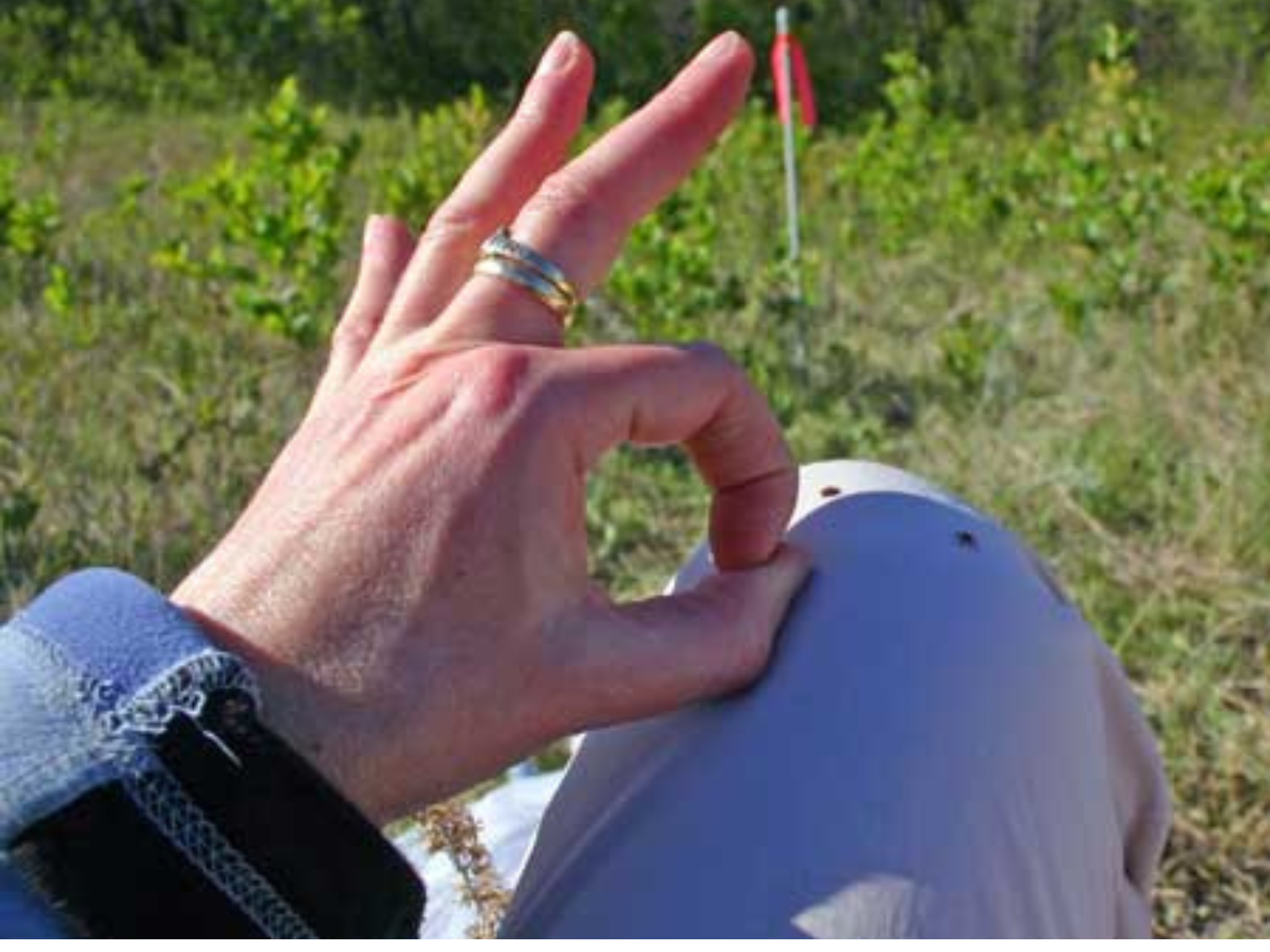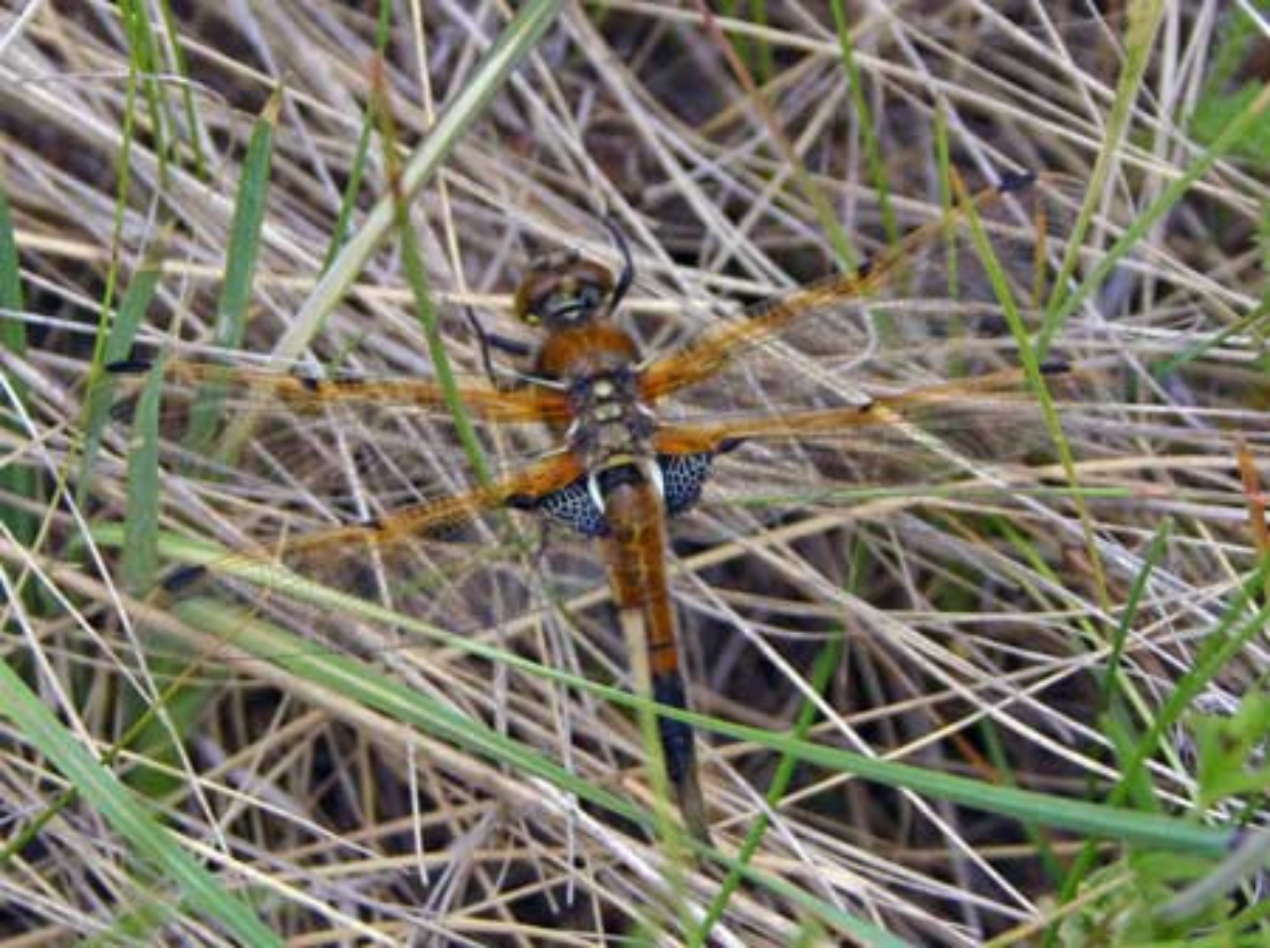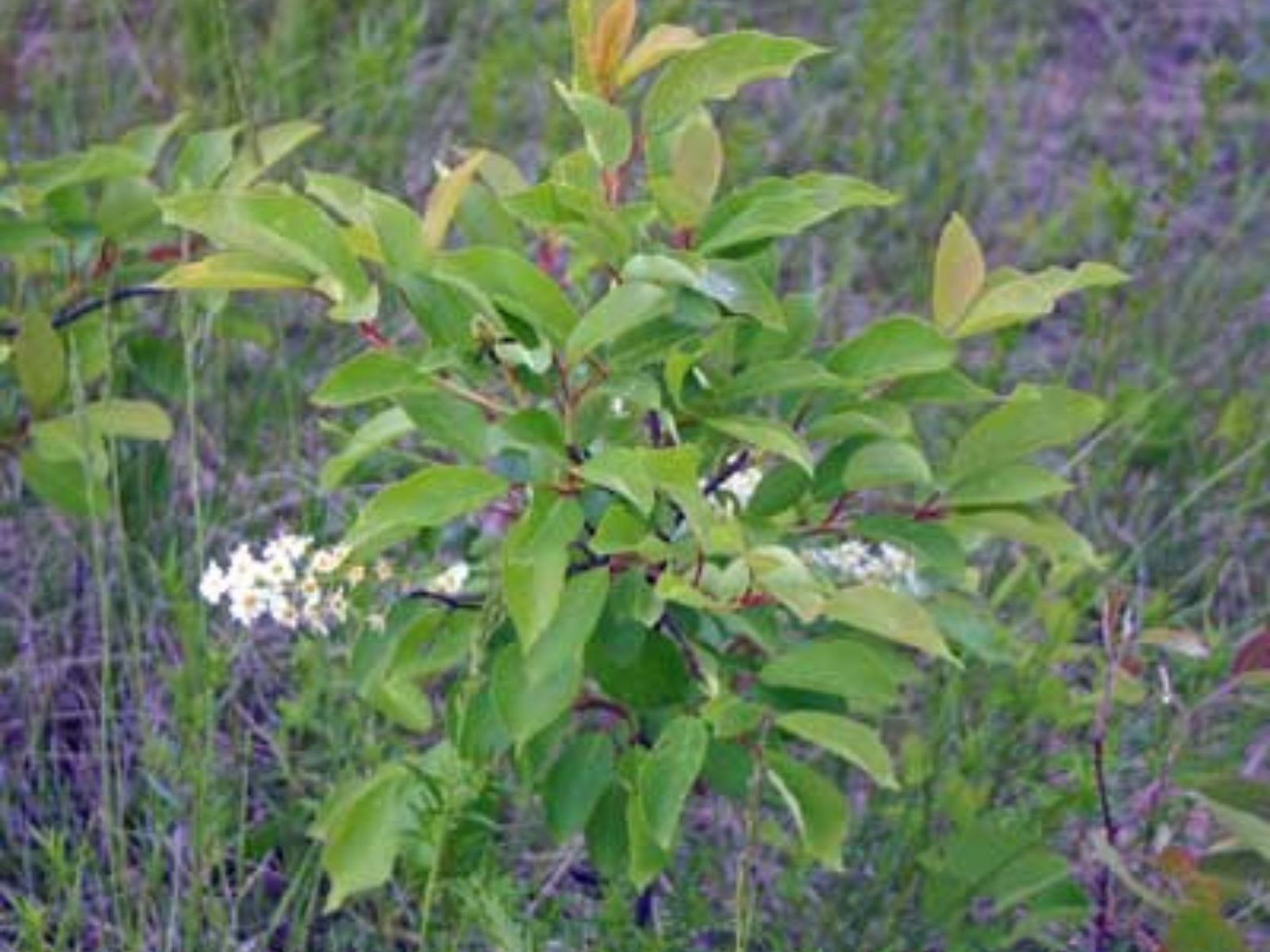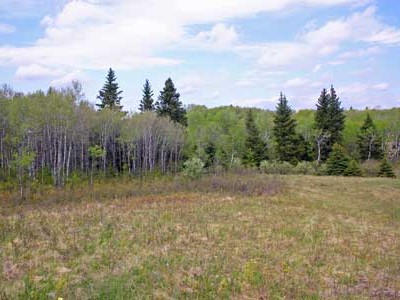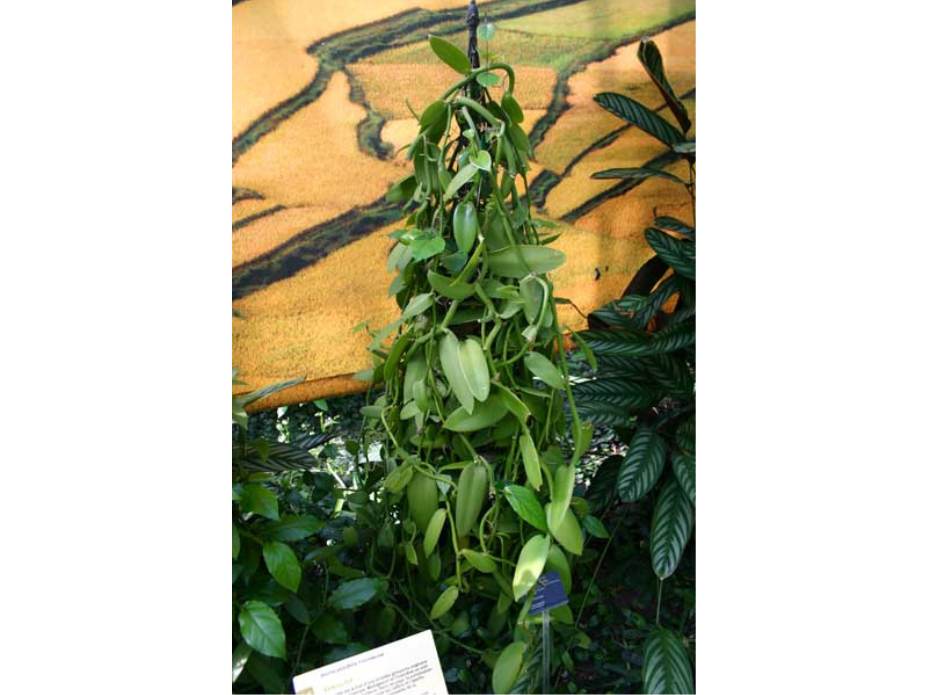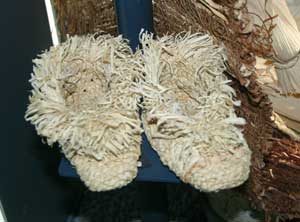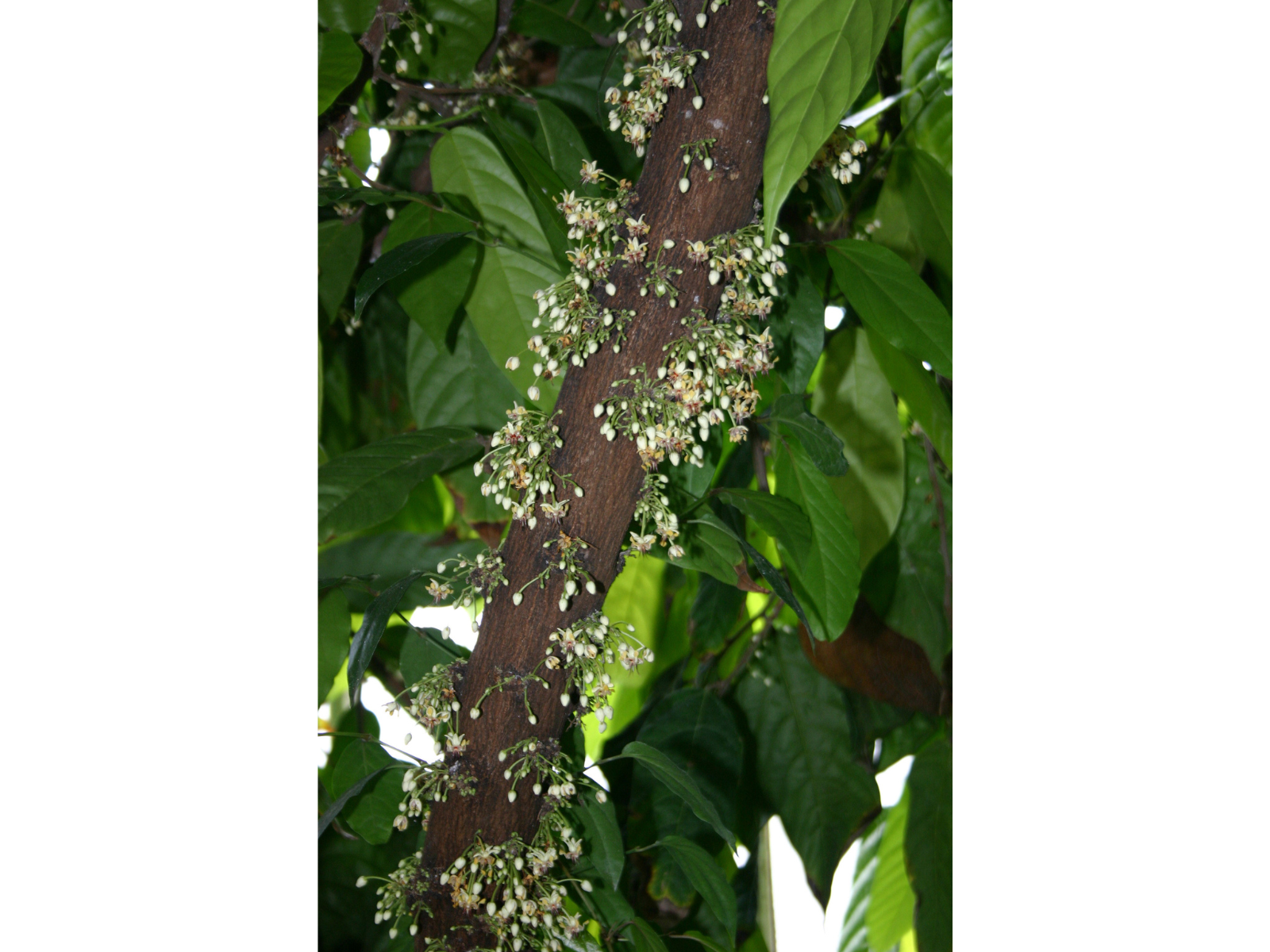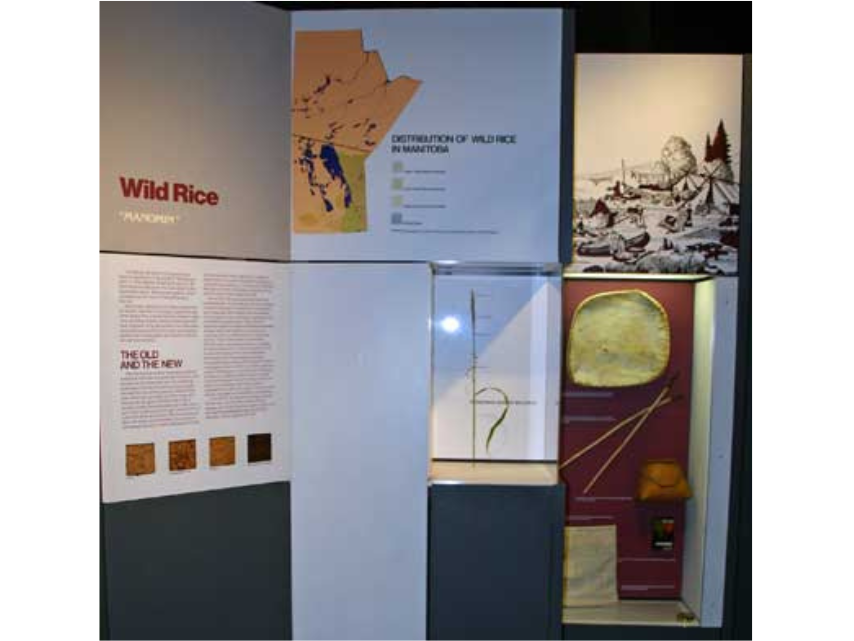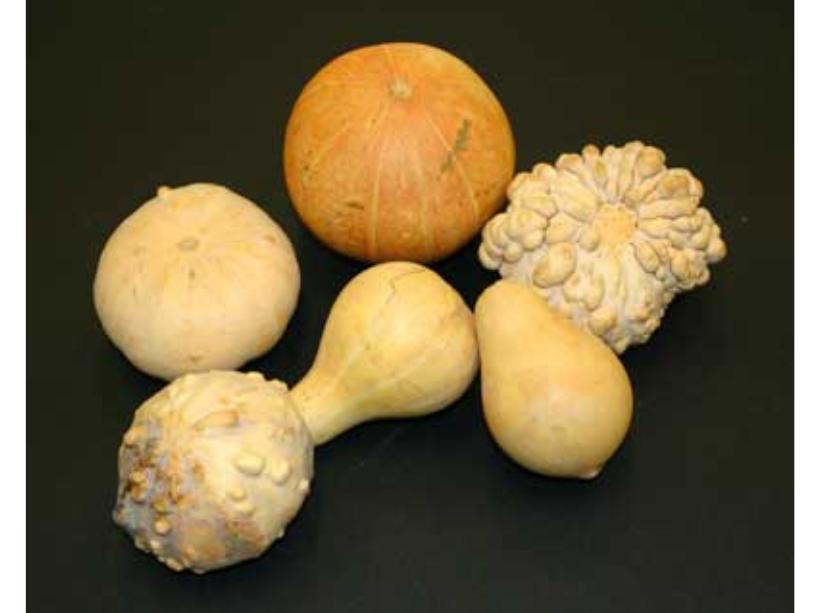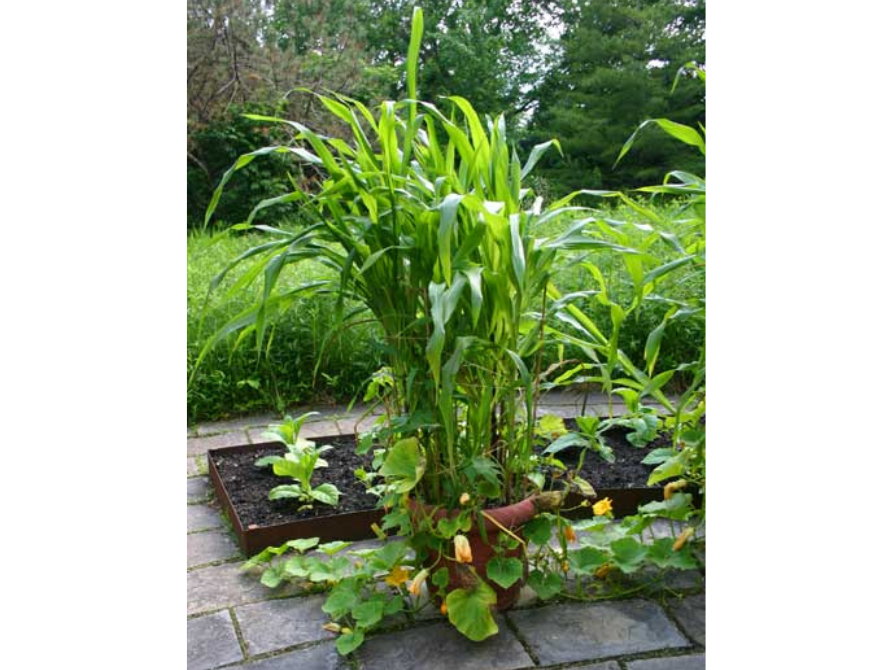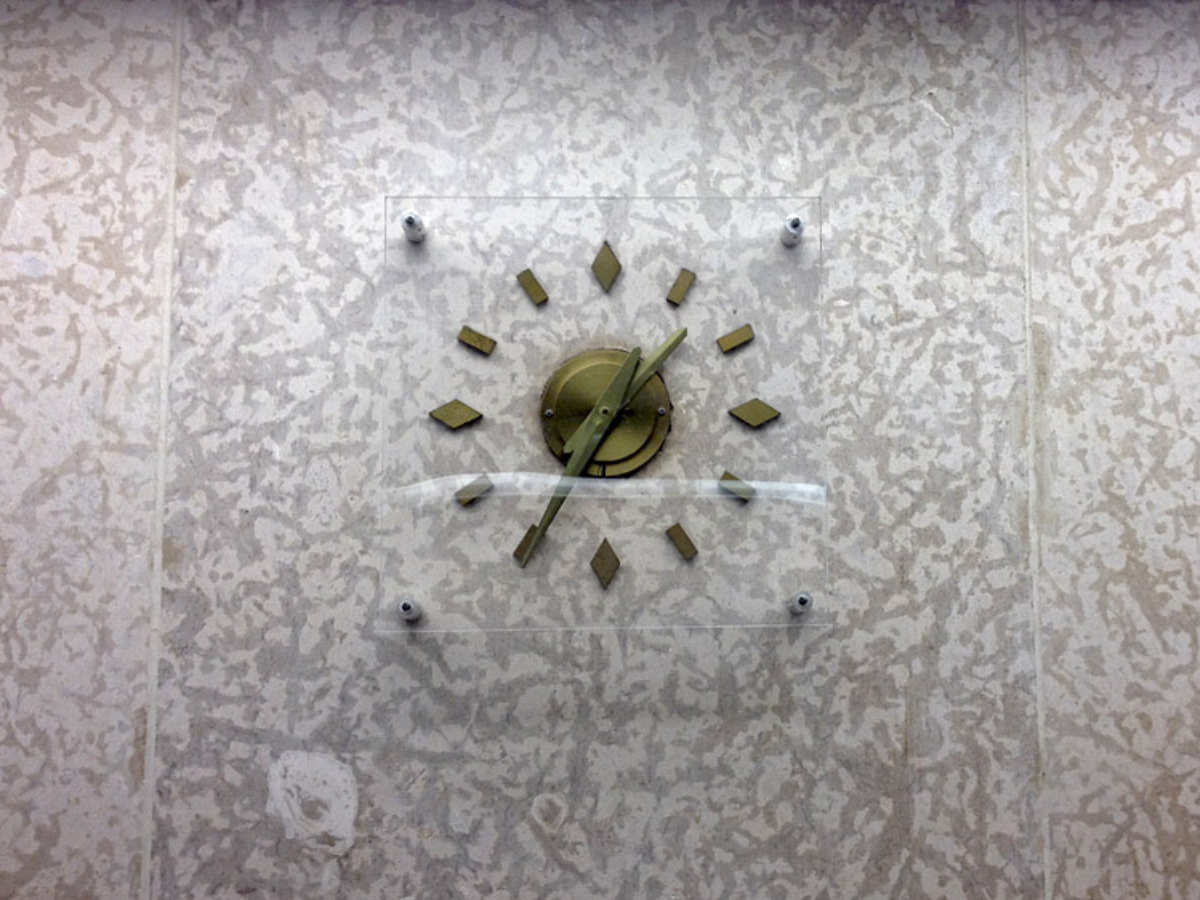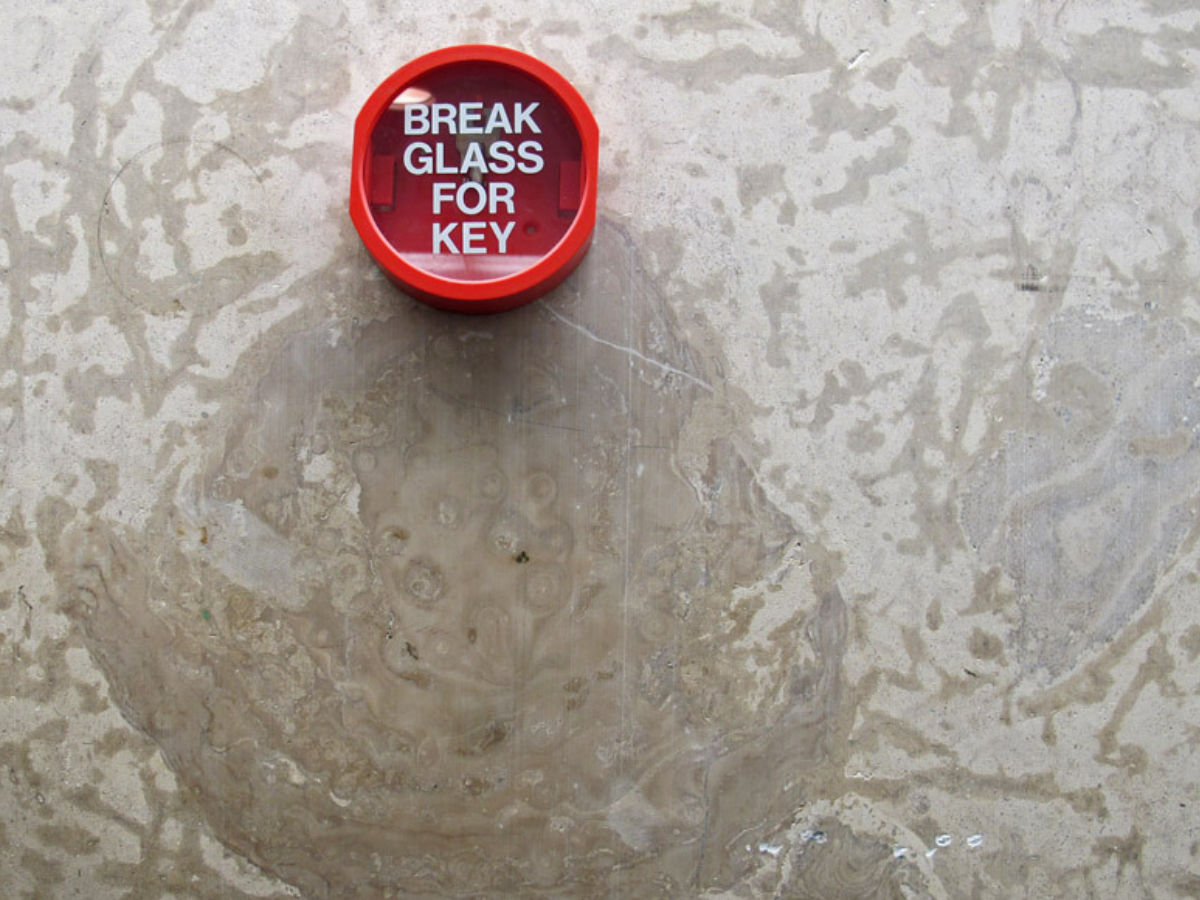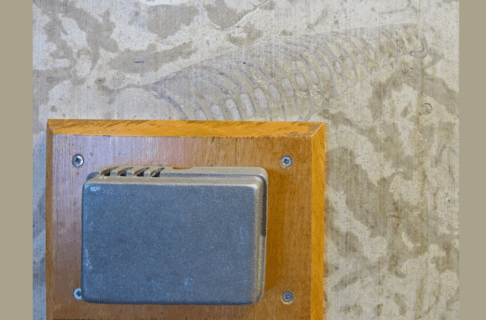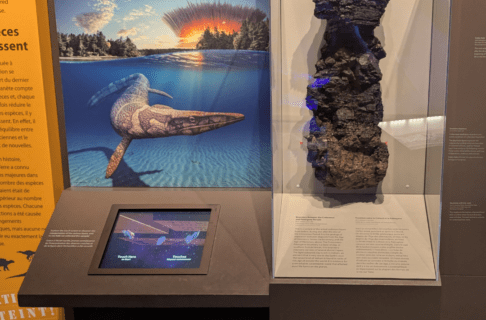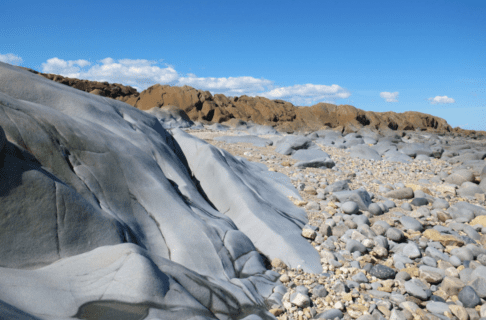Posted on: Thursday July 30, 2015
Boreal forest archaeology is very different from my experiences in the arctic, the biggest thing of course being the trees and massive roots that run through our excavation units. Root clippers quickly became my best friend, but when they fail there’s always the good old chainsaw to take care of a few stumps!
My crew worked hard to try and delineate the post, and half-way through our excavation we realized that the building was not oriented perfectly East-West, but rather on an angle of Northwest-Southeast to the shoreline. We were able to find some remnants of the exterior walls, and the floor boards were fairly well-preserved.

Excavations underway.

Floor boards still visible after all these years!
We didn’t find a ton of artifacts, but we also didn’t excavate the area immediately around the hearth (stone chimney) or the cellar. Perhaps next year we’ll find all the goodies! We did recover enough artifacts for me to get a sense of the date of occupation, it seems like late 18th century but I’ll have a better idea once the artifacts are cleaned up and processed in the lab.
Of course fieldwork is not all-work, I caught my first pickerel (delicious) and on one fishing trip witnessed how quickly a forest fire can spread (scary!). On my way back to Winnipeg I made sure to stop in Thompson to clean my filthy truck, and made a quick side trip to Pisew Falls (highly recommended, it’s gorgeous!).
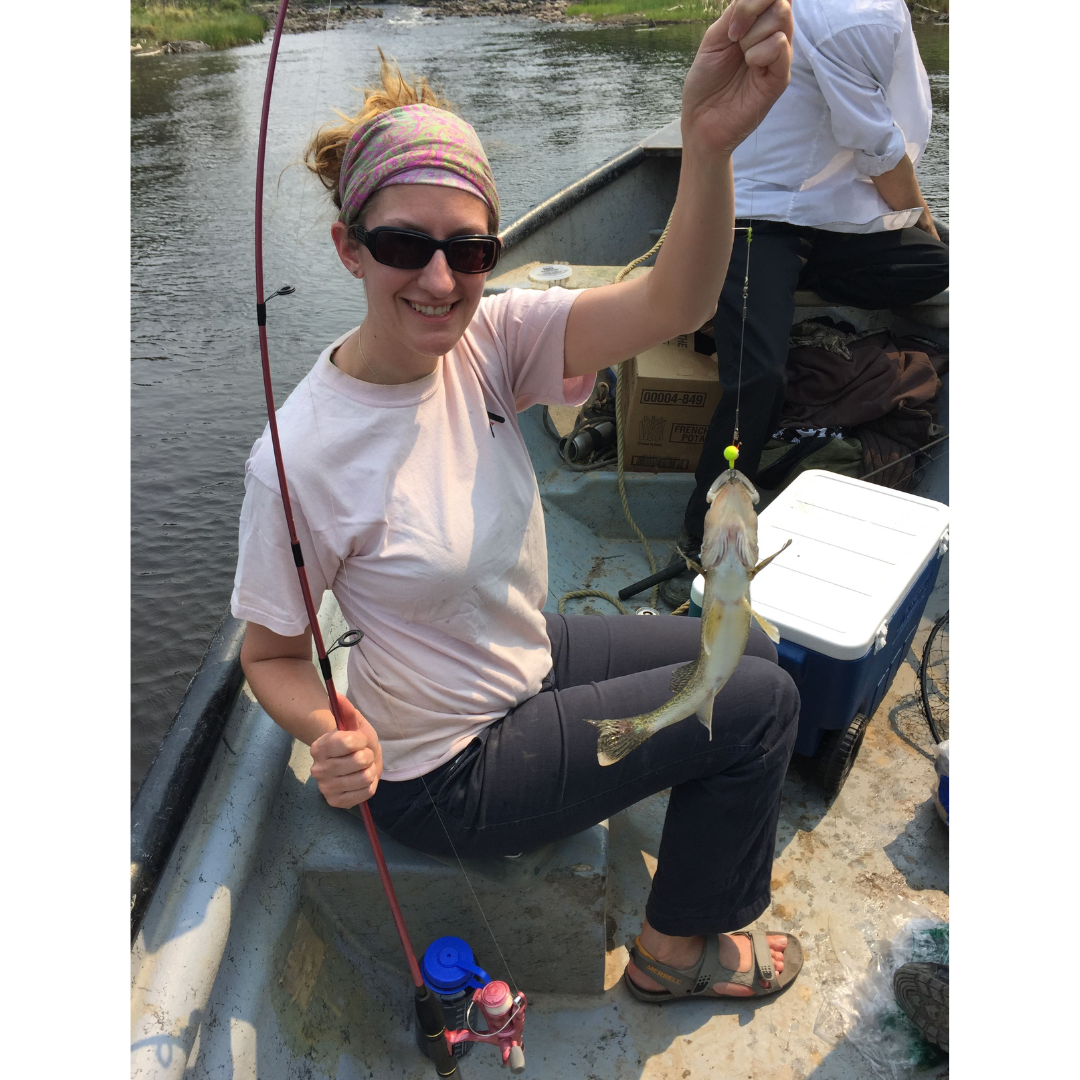
Caught my first pickerel, it was delicious!
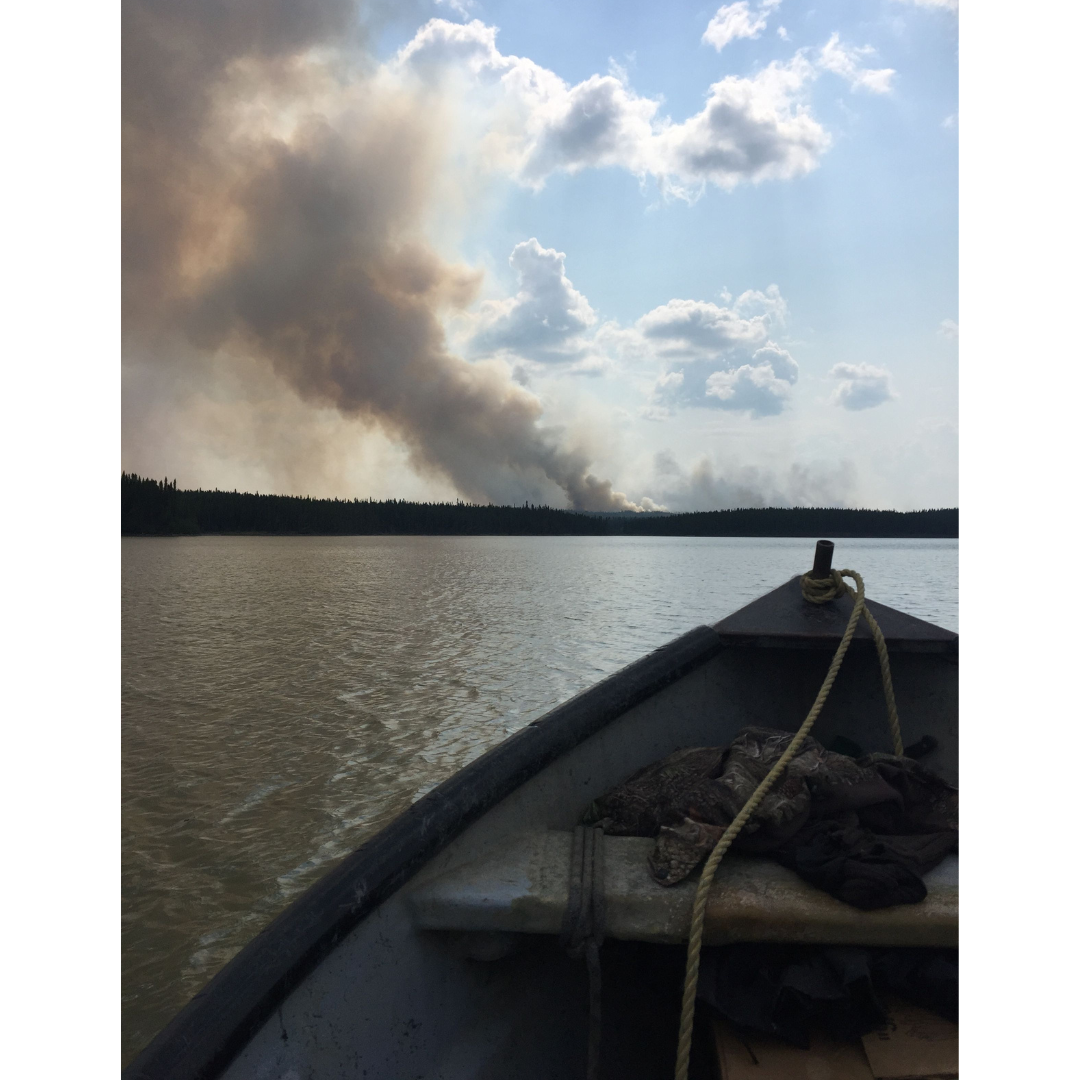
A forest fire broke out near Barrington River when we were fishing and quickly spread.

Archaeology is dirty business.
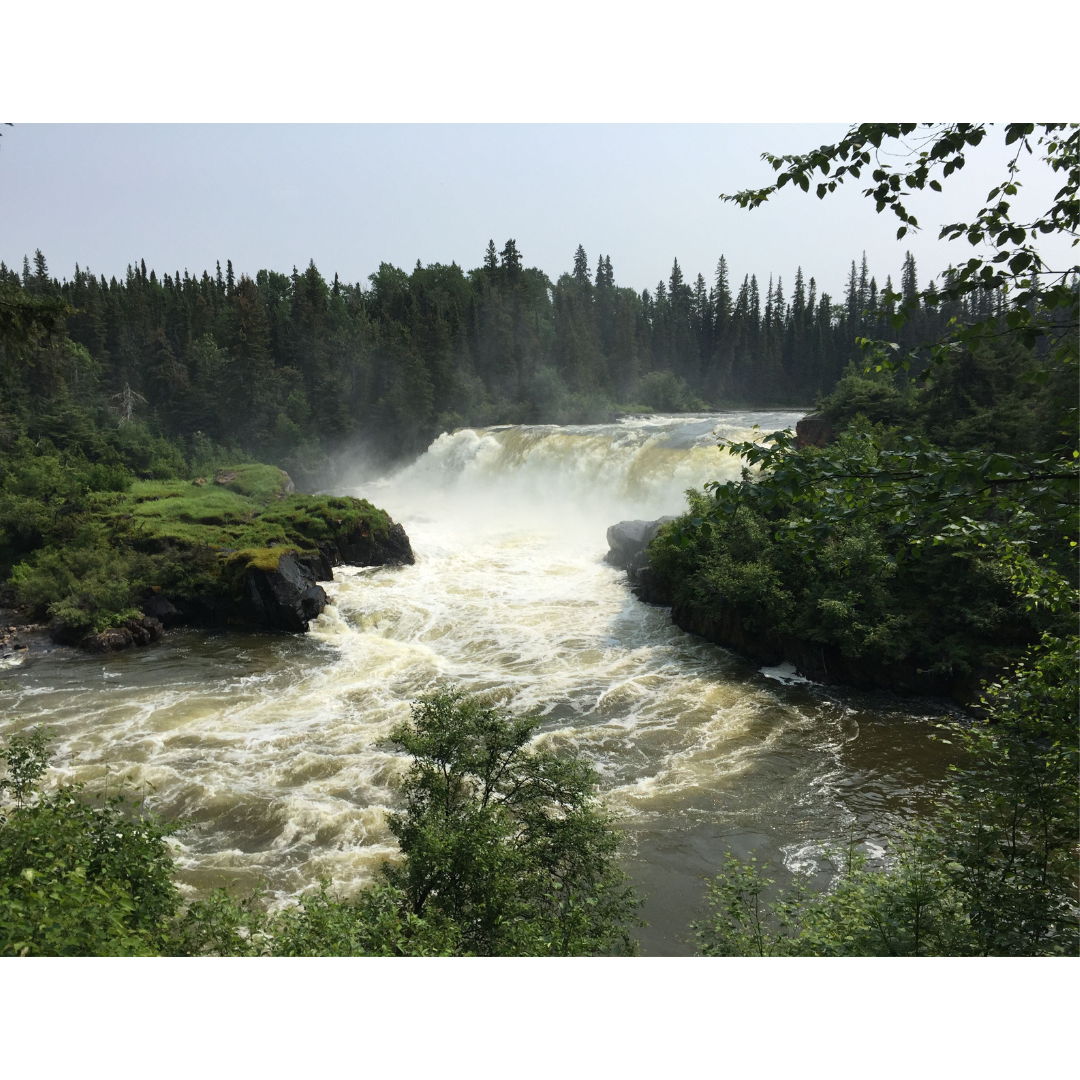
Pisew Falls is gorgeous and serene.
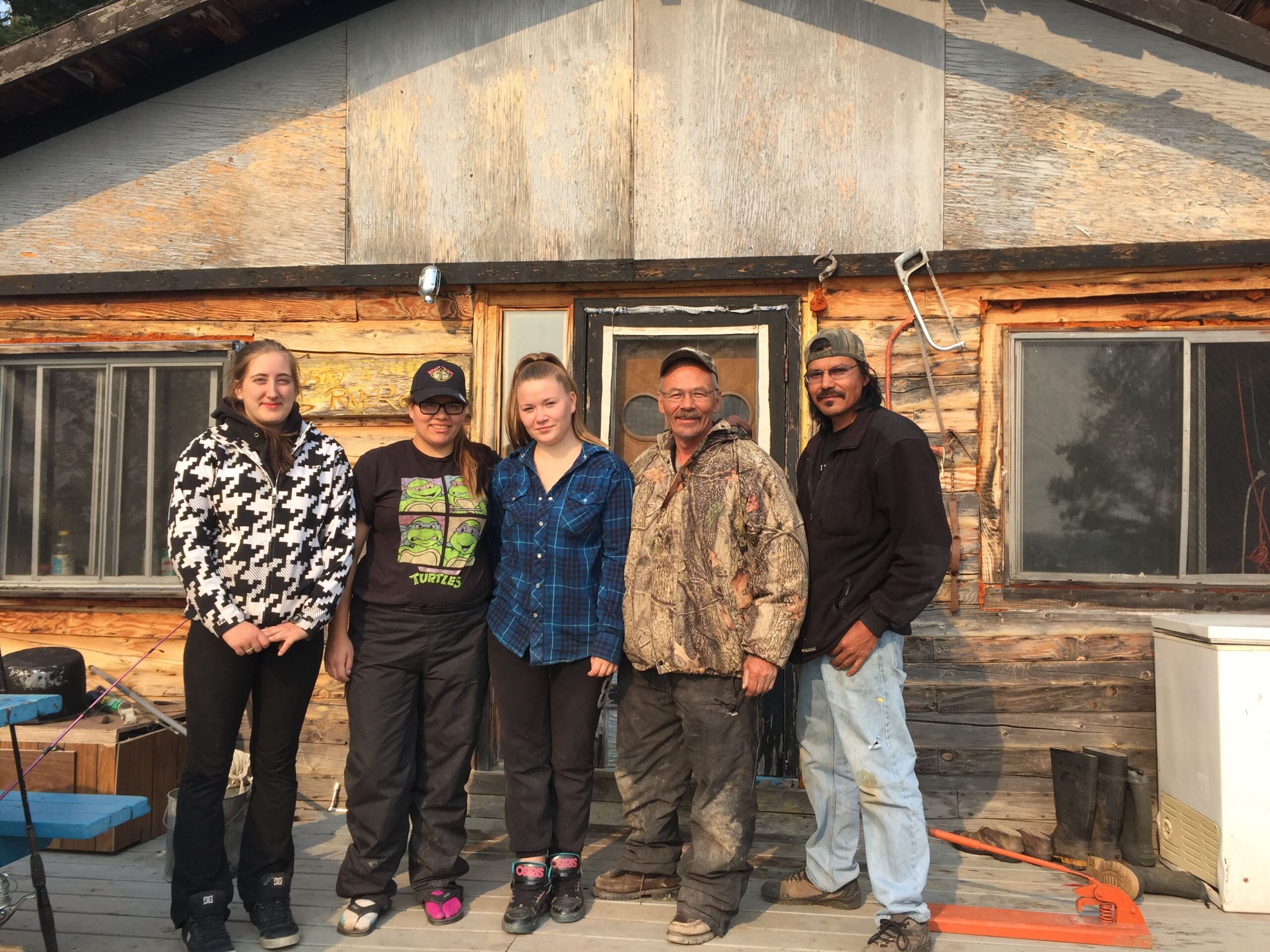
I enjoyed my three weeks along the Churchill River, and will post more about the results of our excavation once its catalogued, but my next northern journey will take me up to York Factory so I’d better start packing my gear for another great trip to an AMAZING HBC site.
Shout out to my great crew, thanks for all your hard work in the heat, bugs, and smoke!
Image: From L-R, Makayla, Lorynn, Randi, Keith, and Alvin.

